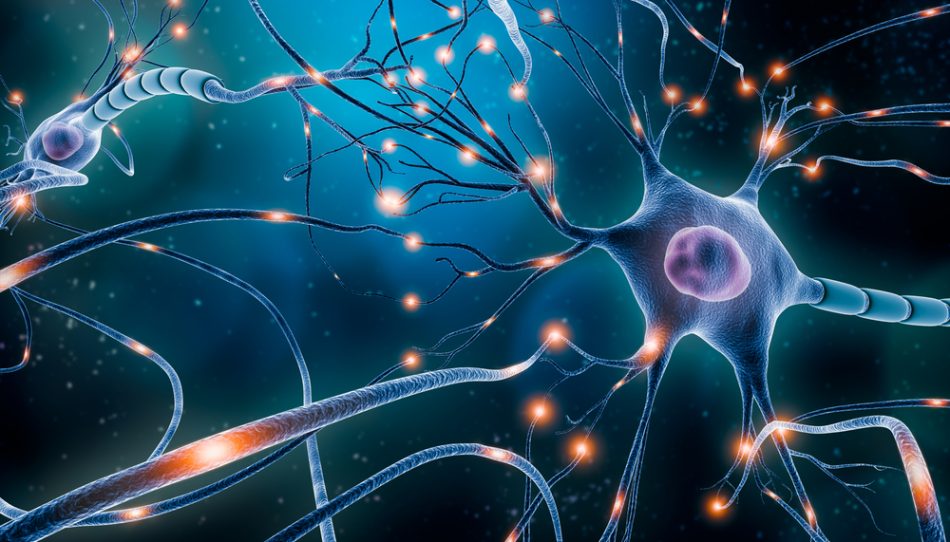Scientists are always working tirelessly to figure out new, effective treatments for complex neurological conditions. Here at The Optimist Daily, we’ve reported on many before, such as non-invasive brain surgery for people with epilepsy and using brain signals to allow a man with paralysis to speak. This time, we are reporting on a breakthrough in Parkinson’s disease treatment.
What causes Parkinson’s disease?
The disease comes about due to the destruction of dopaminergic neurons, aka, neurons that communicate with each other using dopamine. This hormone is not only involved in feelings of pleasure but also transmits off signals to muscles and controls their movement. This is why people with Parkinson’s disease experience tremors, involuntary muscle contractions, and balance problems.
Parkinson’s disease comes about by a complex interaction between the environment and genetics, apart from a few rare cases where a single gene triggers the onset. This makes it difficult to treat and find the source of the problem. What we do know is the disease has something to do with mitochondria, the powerhouse of our cells. Here is where all energy for our body is made and also the decision of whether or not to activate a cell’s self-destruct mechanism. Problems with mitochondria function can lead to some unpleasant outcomes.
How do you treat Parkinson’s?
A research group from the University of Geneva has been trying to pinpoint genes that trigger Parkinson’s for years. In their previous work, they identified the Fer2 gene in fruit flies, which when mutated causes Parkinson’s-like symptoms.
When the amount of Fer2 decreased, the flies experienced physical tremors, and defects in the shape of dopaminergic neurons and mitochondria. The team wanted to see what would happen if you increased the amount of Fer2, hoping it would have the opposite effect.
Their hunch turned out to be correct, and the flies showed improved resilience to Parkinson’s disease, even after their cells were put under pressure to trigger it. The results were published recently in Nature Communications.
“We have also identified the genes regulated by Fer2 and these are mainly involved in mitochondrial functions. This key protein, therefore, seems to play a crucial role against the degeneration of dopaminergic neurons in flies by controlling not only the structure of mitochondria but also their functions,” explains Federico Miozzo in a press release.
The group is next testing their idea out on mammals, to see if increasing the expression of the Fer2 gene is likely to work in humans. If they get positive results in mice, it could lead to a new therapy for Parkinson’s disease.
Source study: Nature Communications – Maintenance of mitochondrial integrity in midbrain dopaminergic neurons governed by a conserved developmental transcription factor











